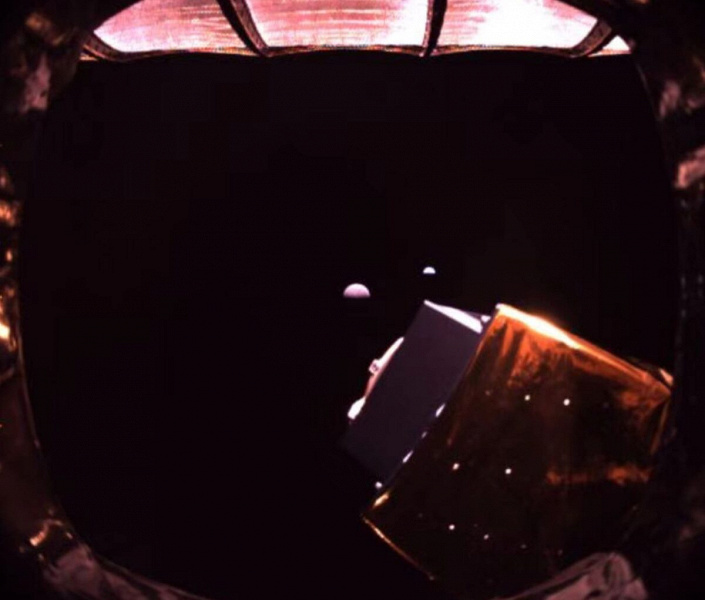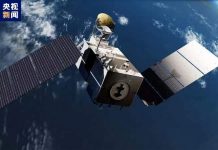China is preparing to send the Queqiao-2 communications satellite into lunar orbit to provide communications for a future mission to the Moon and further exploration missions
China is preparing to place a new communications satellite in lunar orbit to provide communications for upcoming manned missions to the Moon. Queqiao-2 is scheduled to be launched on a Long March 8 rocket from the Wenchang Weixi Satellite Launch Center in early 2024.
The 1,200-kilogram satellite will have a dish antenna diameter of 4.2 meters and a service life of more than eight years. Its first task is to provide communications for Chang’e-6, the first mission to collect samples from the far side of the Moon. This mission is planned for the second quarter of 2024 and will target the mid-latitudes of Apollo Crater. Chang’e-6’s lunar operations will likely be completed in about 48 hours.

Queqiao-2’s 24-hour elliptical orbit will give it direct communication with earth stations and Chang’e-6 at Apollo Crater. Queqiao-2 will then provide communications for the Chang’e-7 missions in 2026 and the Chang’e-8 missions to the lunar South Pole in 2028. For these missions, the satellite will move to a 12-hour orbit. An elliptical orbit is very stable and requires little fuel to maintain.
China plans to deploy Queqiao-2 communications satellite to the Moon in 2024
Queqiao-2 is a more advanced version of Queqiao-1, launched in 2018 to support the Chang’e-4 mission. This first relay satellite is still in orbit at the L2 Lagrange point between the Earth and the Moon, approximately 70,000 kilometers from the Moon. It will use the X and UHF bands for communications with spacecraft and the S and Ka bands for communications with Earth.
The new satellite will be launched with two experimental CubeSats, called Tiandu-1 and Tiandu-2, which will help test communications and navigation receivers. Queqiao-2 will also capture scientific payloads. These include an ultraviolet camera, an atomic meter, and equipment for the Earth-Moon Interferometry (VLBI) experiment. In addition, the device will be able to provide communications services for missions and research of other countries at the South Pole of the Moon or on the far side.
The Queqiao-2 satellite could also potentially become the first of the “constellation” to orbit the Moon. The broader Queqiao constellation will provide communications, navigation, and remote sensing support for China’s International Lunar Research Station (ILRS) project. An expanded version of the network will include relay satellites on Venus and Mars to aid in space exploration.



